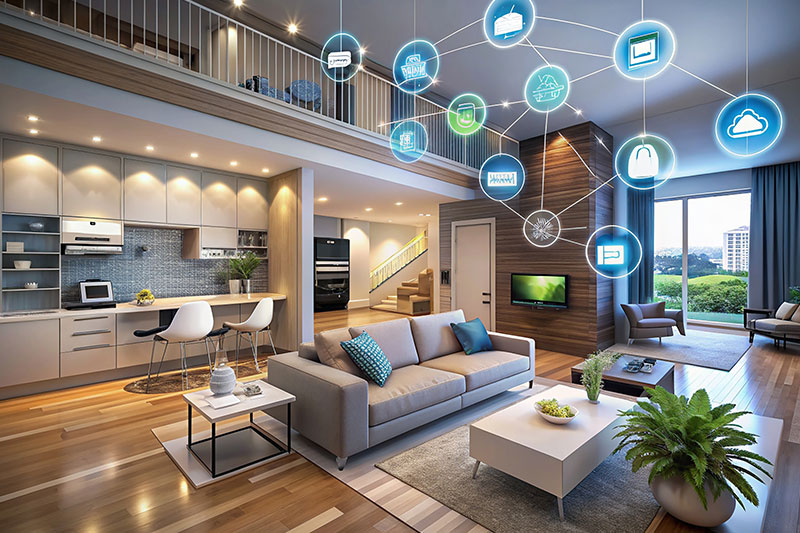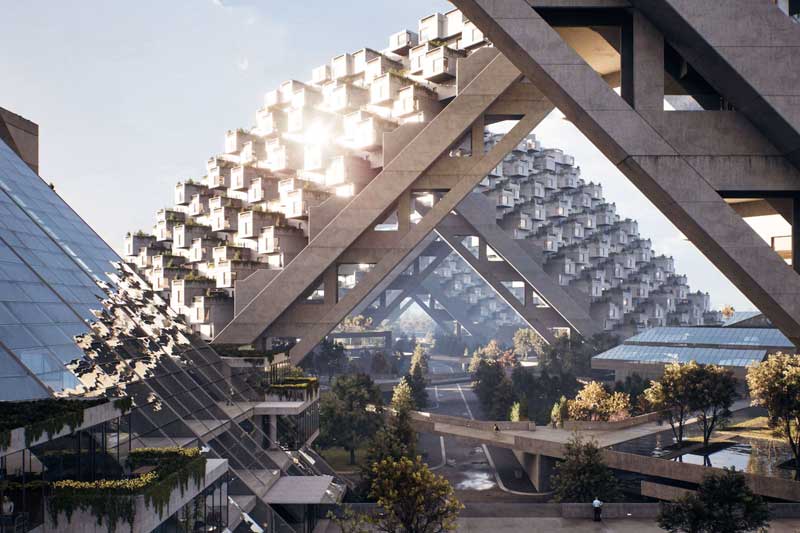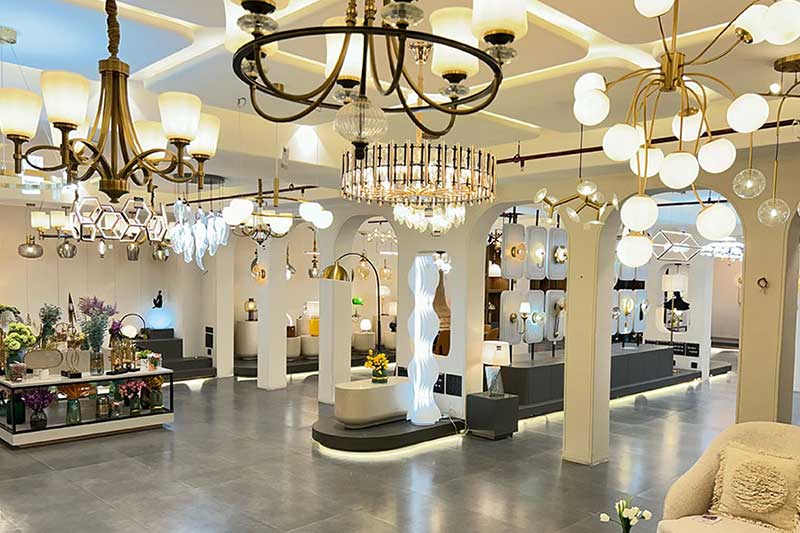The Shifting Paradigm Towards Smart and Connected Lighting Solutions

In recent years, the lighting industry has undergone a remarkable transformation, moving away from traditional illumination sources to embrace smart, connected lighting solutions. This shift is not just a technological evolution but a fundamental change in how lighting systems are designed, implemented, and utilized across various sectors, from homes to commercial spaces to municipalities. The integration of smart technologies and IoT (Internet of Things) into lighting is opening up new possibilities that go beyond illumination, offering enhanced control, energy efficiency, and user-centric designs.
The Rise of Smart Lighting Systems
Smart lighting refers to lighting systems that can be controlled remotely, often via smartphone apps, voice commands, or automation. These systems allow users to adjust brightness, color temperature, and even lighting schedules with ease. But the real game-changer lies in connected lighting, which integrates lighting systems into a broader IoT framework. This enables devices to communicate with each other and interact with other smart systems like HVAC, security, and shading controls.
Energy Efficiency: Smart lighting can drastically reduce energy consumption by using sensors to adjust light levels based on occupancy or natural daylight. According to research, smart lighting can save up to 80% of energy compared to traditional lighting systems.
Customization and Flexibility: With smart lighting, users can create customizable lighting environments tailored to specific needs, whether for mood setting in homes or optimizing workplace productivity.
Enhanced Control and Automation: Connected lighting systems can be programmed to automatically turn on, off, or adjust based on various inputs, such as movement detection, time of day, or weather conditions, providing unparalleled convenience.
Applications Across Sectors
Residential Use: The smart home market has seen a boom with smart lighting being a core component of home automation systems. Homeowners are increasingly adopting products like smart bulbs, integrated lighting control hubs, and voice-activated systems like Amazon Alexa or Google Home. These systems allow homeowners to adjust lighting levels, create schedules, and control the ambiance of their spaces effortlessly.
Commercial Spaces: In offices and commercial environments, smart lighting systems offer significant energy savings and help optimize productivity. For instance, lighting that mimics natural daylight has been shown to improve concentration and reduce eye strain. Moreover, sensors can detect when spaces are unoccupied, automatically turning lights off to conserve energy.
Municipal and Urban Lighting: Smart city initiatives are embracing connected lighting systems for outdoor and street lighting. These systems can be managed remotely, enabling cities to adjust lighting based on traffic levels, weather conditions, or time of night. In addition to providing better lighting control, connected lighting enhances public safety and reduces light pollution, while also lowering operational costs for municipalities.
Key Technologies Driving the Shift
The transition towards smart and connected lighting is powered by several key technologies:
LEDs: LED lighting has already revolutionized the industry due to its superior energy efficiency, long lifespan, and versatility. When combined with smart controls, LEDs become even more effective in reducing energy costs and improving lighting quality.
Wireless Communication Protocols: Technologies like Zigbee, Bluetooth Mesh, and Wi-Fi enable seamless communication between smart devices, making it easier to install and manage smart lighting systems without extensive wiring.
AI and Machine Learning: AI can analyze usage patterns and predict future lighting needs, allowing systems to self-optimize for better efficiency. AI also powers features like predictive maintenance, which can identify when lights need replacement or repair before issues occur.
Sensors and IoT Integration: Sensors, such as motion detectors, light sensors, and occupancy sensors, allow lighting systems to adjust dynamically. When integrated with other IoT devices, lighting becomes part of a larger ecosystem that responds to a wide range of environmental and user inputs.
Challenges and Future Outlook
While the adoption of smart lighting is growing, there are still some challenges to widespread implementation. The initial cost of smart lighting systems can be higher than traditional lighting, though this is often offset by long-term energy savings. Additionally, compatibility between different smart devices and platforms can be an issue, although the growing adoption of standards like Matter aims to resolve these concerns.
Looking ahead, the smart lighting market is expected to grow significantly as more industries and consumers realize the potential of connected lighting systems. As smart cities and green building initiatives gain momentum, smart lighting will play a crucial role in energy conservation and creating sustainable environments. Furthermore, the development of more intuitive, AI-powered systems will make smart lighting even more user-friendly and efficient.
Canada Light Expo: Pioneering the Future of Lighting
As the lighting industry continues to evolve, events like the Canada Light Expo are critical in driving innovation and fostering collaboration. At this expo, industry professionals will explore the latest advancements in smart and connected lighting, from cutting-edge products to IoT solutions. Attendees can engage with experts, participate in workshops, and discover how smart lighting can revolutionize various sectors. The expo serves as a platform to not only learn about the latest trends but also to network and gain insights that will help shape the future of the lighting industry. Join Canada’s Premier Expo from 13-15 November 2024 at International Centre, Toronto, Canada.
More News
What’s Shaping Lighting Purchases: Buyer Behaviour & Market Insights
The lighting industry is entering a period of accelerated evolution driven by technology adoption, sustainability priorities, rising regulations, and increasing expectations for…View More
The Science of Light: How Human-Centric Lighting Boosts Productivity & Wellbeing
Lighting has always been a technical necessity, but today it is evolving into something far more powerful. Human-Centric Lighting (HCL) is shifting…View More
Beyond Illumination: Why Canadian Architects Now Design with Shadow
Canadian architecture is entering a new era where lighting is no longer defined by brightness alone. For decades, buildings were designed to…View More
How Do the Most Trusted Lighting Brands Stay at the Top
In a competitive and constantly evolving lighting market, staying top-of-mind isn’t just about creating beautiful products, it’s about creating consistent value. Lighting…View More
The Strategic Role of Decorative Lighting in Commercial Spaces
Canada Light Expo | 12–13 November 2025 | International Centre, Toronto, Canada Visual design contributes significantly to market perception, tenant retention, and…View More
Download
Register Now
Show Countdown
International Centre, Toronto, Canada
- days
- Hours
- Minutes
- Seconds





